Rachel is a writer from Arkansas, most at home surrounded by forests and animals much like a Disney Princess. She spends most of her time writing stories and playing around in imaginary worlds. You can follow her writing at rachelbrittain.com. Twitter and Instagram: @rachelsbrittain
What makes historical fiction historical? Obviously, that means historical fiction books take place in the past, but just how far back do we need to go for it to be considered “historical?” And just how recent can historical fiction be? I’ve been considering this question recently as I read a book spanning from the early 2000s to the 2010s. The book certainly isn’t contemporary—it’s referencing pop culture and events from decades ago—but is it a stretch to call it historical? It sure feels like it to me, someone who went through many of my formative years in the 2000s. But saying that books set in the 2000s can’t be historical fiction because it feels too recent would be a biased approach. I’m trying to be impartial here, so let’s take a look at another arena where the progress of time is constantly shifting its borders: vintage fashion.
Didn’t see that one coming, did you? But vintage fashion and historical fiction have something in common: they’re each constantly growing to incorporate newer, more recent decades. In the world of fashion, the general consensus seems to be that anything 20 years or older is vintage. Which means, yep you just did the math, the early 2000s—and all those wide legged, low cut jeans—are absolutely vintage. Even Vogue agrees. If we apply that same metric to fiction, then books set in the 2000s are now historical fiction, too.
It’s a reasonable definition, too. Two decades is more than enough time for the world to have shifted dramatically. People born 20 years apart will have vastly different life experiences and cultural touchstones. So, even though the 2000s feel all too recent to many of us, they’re already a part of history—more distant to some than others. Full of nostalgia for some, 2000s historical fiction may be an entry point to the past for others who don’t remember the September 11th attacks or the release of Taylor Swift’s first album in 2006.
To be clear, these aren’t books that were written about the 2000s during the 2000s; these are books written about the 2000s within the last five years or so, books that have the benefit of hindsight—an important element of historical fiction in my opinion. There are plenty of great books published in the 2000s for you to read, but those are books that were written in the 2000s, not historical fiction books about the 2000s. See what I mean?
Whether you agree with me on my definition of historical fiction or not, here are four great 2000s “historical” fiction books to check out. Read them and decide for yourself whether these books are historical or contemporary.
Past Tense
Sign up for our weekly newsletter about historical fiction!
The Favorites by Layne Fargo
Figure skating drama comes to life in this novel about four young skaters vying for Olympic gold. Katerina Shaw, Heath Rocha, and twins Garrett and Bella all have different reasons for wanting to make ice dance history. Kat Shaw wants to be the best. Heath Rocha wants Kat. Bella Lin wants to outshine her famous mother’s Olympic record, and Garrett just wants to make everyone else happy. But between friendship, ambition, back-stabbing, and all-consuming love affairs, the four’s lives will become even more intertwined than anyone could’ve expected. The Favorites combines the oral history of Daisy Jones and the Six with the real-life skating drama of Tonya Harding, all amidst the background of the mid-2000s.
The Mighty Red by Louise Erdrich
Set during the Great Recession of 2008-2009 (the worst financial crisis in the United States since the Great Depression of the 1930s), The Mighty Red is a story of community—both the kind we share with each other and with the earth. As the people of Argus, North Dakota gather to celebrate a wedding that may or may not take place, everyone must reckon with the changing landscape around them. So much is out of our control, but the people of Red River Valley keep searching for what is.
How Not to Drown in a Glass of Water by Angie Cruz
Throughout a series of sessions with a job counselor, a woman in her mid-50s, suddenly thrust back into the job market during the Great Recession, recounts her life story. Cara Romero never thought she’d be looking for new work after getting a job at the lamp factory where she worked for two decades. At least three separate Book Riot writers have rated it five stars on Goodreads. Jamie Canaves called it “exceptional,” and Laura Sackston said it’s “basically a perfect novel.” I’m sold.
The Baghdad Villa by Zuheir El-Hetti, translated by Samira Kawar
Following the American invasion of Iraq and the toppling of Saddam Hussein’s regime in 2003, a young girl from a once-aristocratic family watches her family’s desires to uphold a certain code of conduct and tradition crumple in the face of increasing violence. Ghosnelban attempts to make sense of the turmoil around her through seven paintings hanging in the formal reception room of the family’s enormous villa.
Isabella Popp looked into some other 2000s historical fiction in a recent post for Book Riot about new books set during the aughts. For another post considering just how far back a book has to be set to be considered historical fiction, check out: Set in the ’90s: Historical Fiction, or Not? Then check out these other books set in the ’90s.
The following comes to you from the Editorial Desk.
This week, we’re highlighting a post that had our Managing Editor Vanessa Diaz feeling a type of way. Now, even five years after it was published, Vanessa is still salty about American Dirt. Read on for an excerpt and become an All Access member to unlock the full post.
Picture it: The United States, January 2020. A book with a pretty blue and white cover is making the rounds on the bookish internet. The blue ink forms a beautiful hummingbird motif against a creamy background, a bird associated with the sun god Huitzilopochtli in Aztec mythology. Black barbed wire, at once delicate and menacing, cuts the pattern into a grid resembling an arrangement of Talavera tiles. The package is eye-catching, ostensibly Mexican in feel, and evocative of borders and the migrant experience.
The book tells the story of a bookstore owner in Acapulco, Mexico, who is forced to flee her home when a drug cartel murders everyone in her family except for her young son at a quinceañera. She and the boy are forced to become migrants and embark on a treacherous journey north to the U.S. border, evading the cartel and befriending fellow migrants along the way. The book is being lauded not just as the “it” book of the season but as the immigration story. It gets the Oprah treatment and is praised by everyone from Salma Hayek to the great Sandra Cisneros, who called it “the great novel of Las Américas.”
It’s been over five years, and this book is still the bane of my existence.
Sign up to become an All Access member for only $6/month and then click here to read the full, unlocked article. Level up your reading life with All Access membership and explore a full library of exclusive bonus content, including must-reads, deep dives, and reading challenge recommendations.

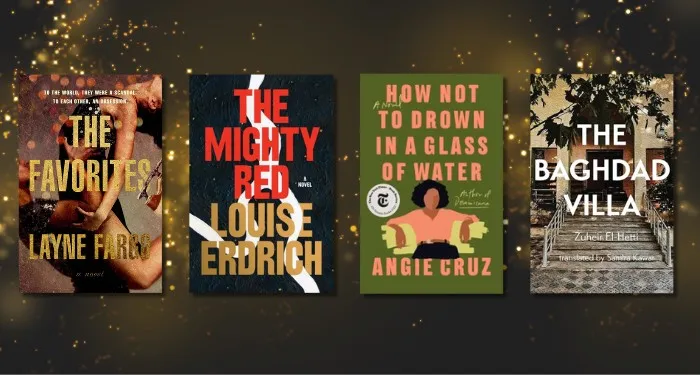
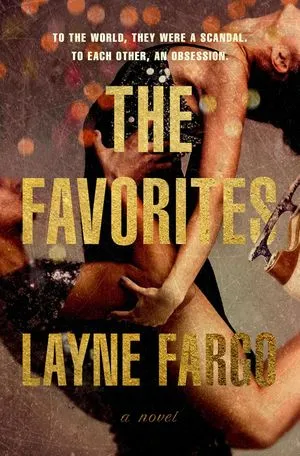
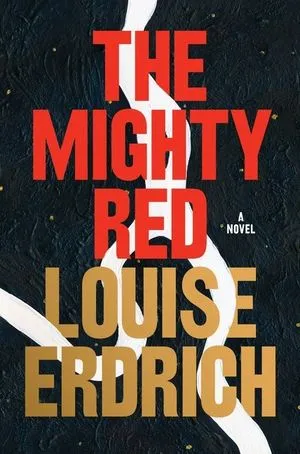
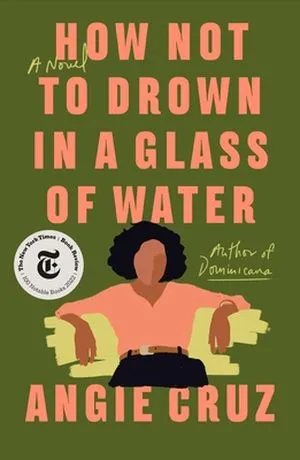



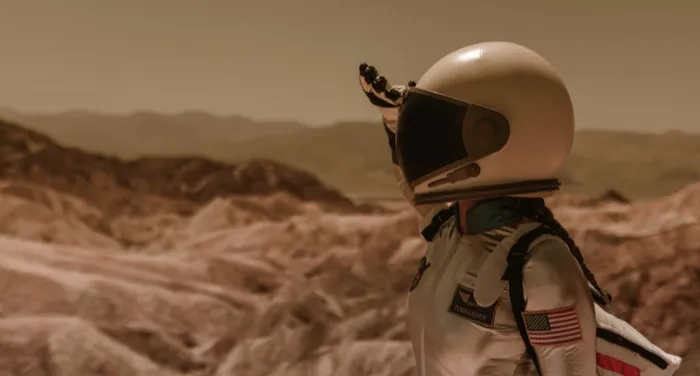



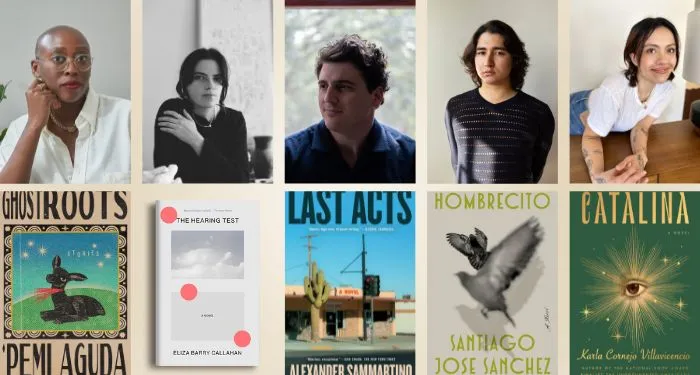




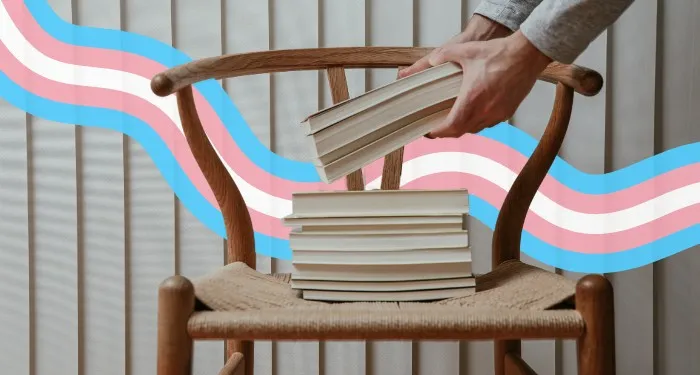


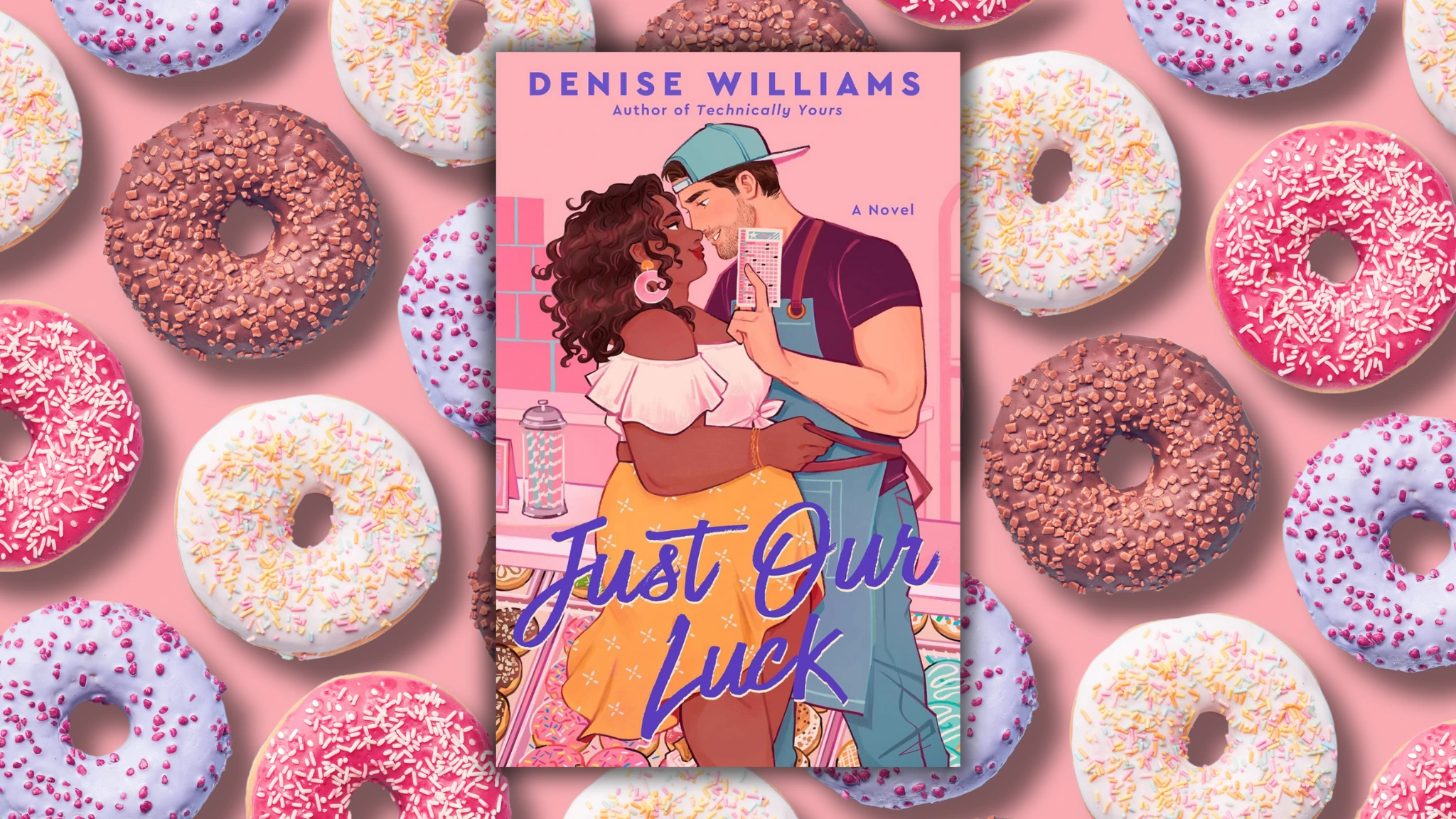


 English (US) ·
English (US) ·